Learnings
There is more to the jester than bells and motley colours, the representation of the jester in both historical settings and modern literature often invoke a deeper meaning.
Jesters were known for their ability to adapt to different social situations. They could interact with both the high-ranking nobility and the common people, bridging the gap between social classes through their performances.
The history of the jester stretches back to ancient times. The earliest examples of jesters can be traced back to ancient civilizations. While not referred to as jesters specifically, there were similar figures who served as entertainers and comedic performers in the courts of ancient Egypt, Mesopotamia, and ancient Greece.
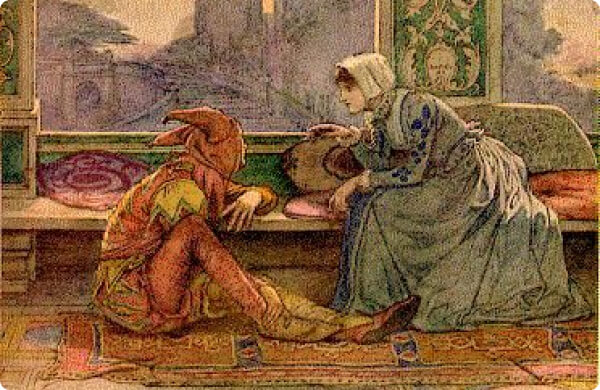
Illustration of Feste from Twelfth Night | Heath Robinson (circa 1918)
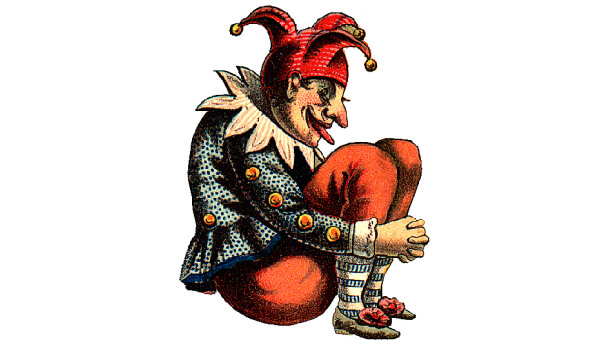
Jester imprint from a Trade card by The Vineyard Gazette | circa 1880
While some might think that the motley fools were nothing but buffoons, there was often a deeper meaning at hand. Even the jester’s clothing had a purpose beyond being colourful attention grabbing garbs. Their motley attire was a visual representation of the jester’s unconventional and eccentric nature. It consisted of a patchwork of different-coloured fabrics, often with contrasting patterns and hues.
This mismatched and vibrant outfit symbolised the jester’s departure from societal norms, highlighting their role as outsiders or “fools” who existed outside the traditional social hierarchy.
Through their performances, the jester becomes a catalyst for change. They inspire critical thinking, spark conversations, and challenge the status quo. Their impact extends beyond mere entertainment, leaving a lasting impression on individuals and society as a whole.
Jesters have inspired many fictional characters in literature, theatre, and media. Their lively and unpredictable nature has been portrayed in various forms, including the trickster archetype found in stories and legends.
Discover how these colourful entertainers entertained kings and queens, courtiers, and common folk alike with their wit, pranks, and performances. From ancient civilizations to mediaeval courts and beyond, learn about the cultural impact of jesters and their enduring presence in tales, fables, and folklore.
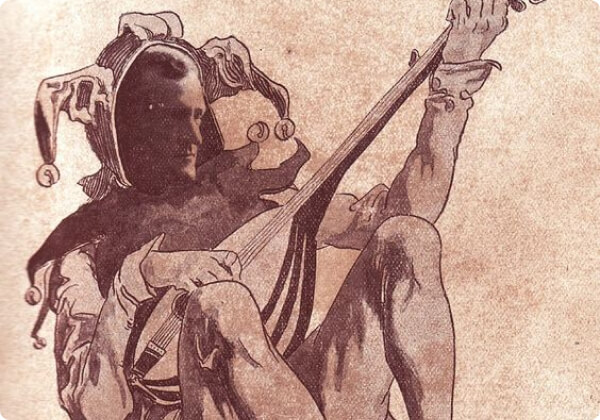
General John Pershing as The Minstrel | Manila Carnival
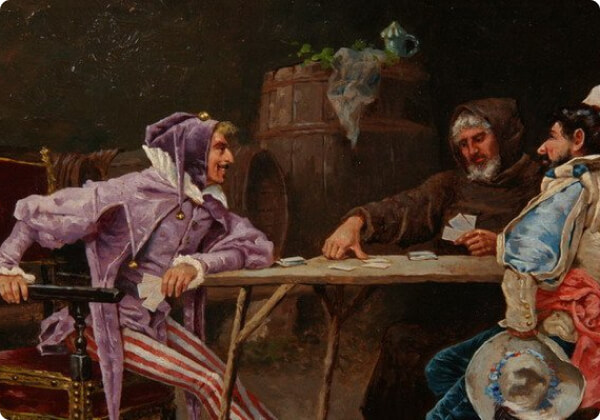
The Jester’s Bluff | Marie Bertin (1884)
The jester has long been associated with social commentary, using their wit as a powerful tool to address societal issues. They serve as both entertainers and truth-tellers, using their comedic performances to provoke thought, challenge norms, and shed light on the flaws and hypocrisies of the world.
Their jests and satirical acts, like arrows of truth, aim at the heart of power structures and societal norms. They challenge authority figures, exposing their follies and shortcomings. By poking fun at those in power, the jester reminds society of the importance of accountability and the need to question those who hold positions of authority.
In both ancient societies and modern culture, the jester continues to have a large role to play in symbolism. From their archetype in the media, to their appearance in a deck of cards, there is surprising depth to the humorous figures.
The jester is a multifaceted symbol, embodying freedom, introspection, and the power of laughter. They remind us to celebrate our quirks, to embrace the transformative power of humour, and to question the world around us.
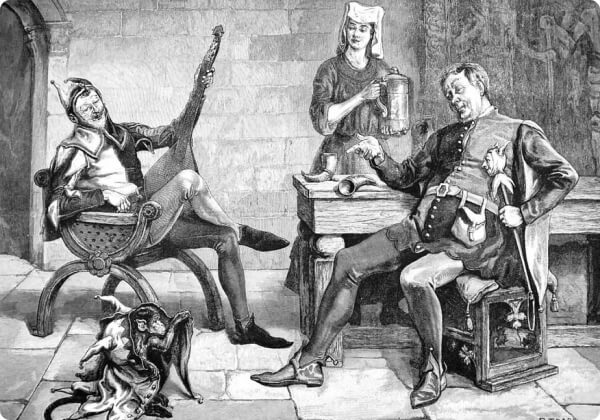
“Motley’s the only wear” | S.T. DADD (1890)
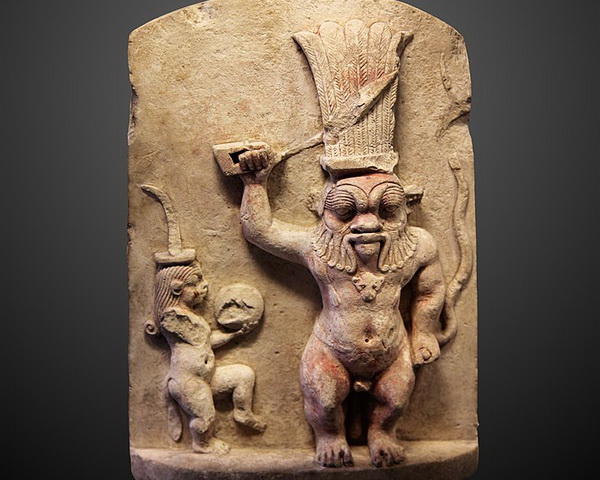
Bes and Beset | Wikipedia
Beyond their contemporary presence, jesters have woven their clever antics through ancient myths and legends, illuminating the timeless role of the jester archetype.
The jester is a common figure through mythology in Asian, Greek, Egyptian, Norse, and Celtic stories. You’ll find that there are many figures who fit this archetype, with a dichotomy of light-heartedness and wisdom that reverberates across myths.
Jesters transcend boundaries, captivating with their insightful humour. From questioning norms to subverting expectations, they exude the power of laughter. Delve into this rich tapestry and unravel the captivating world of mythic jesters.
From historical roots to modern society, this archetype’s influence can be seen across literature, characters, and screens. Uncover the concept of archetypes as universally recognized patterns that shape human understanding, rooted in our collective consciousness.
Embark on a journey through the 12 major archetypes, including the Hero, Mentor, Sage, and more. Among them, the Jester archetype stands out, characterised by humour, playfulness, and the ability to bring laughter to even the darkest moments.
Explore its historical significance, from court jesters challenging authority to their modern embodiment in entertainment. The Jester archetype’s role in unveiling hidden truths, challenging norms, and encouraging a fresh perspective on life is illuminated.
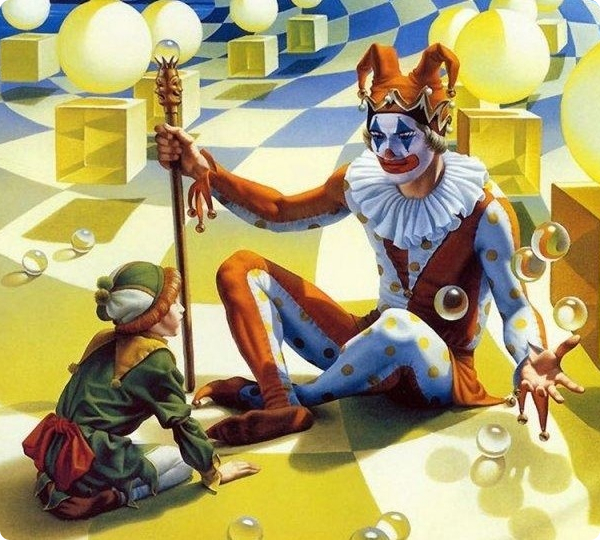
Jester | Ilene Meyer

